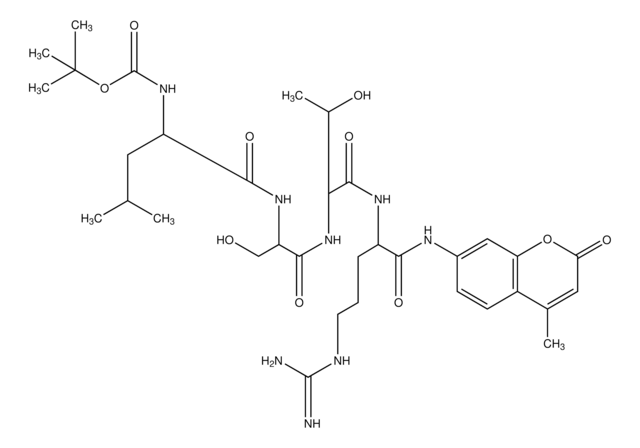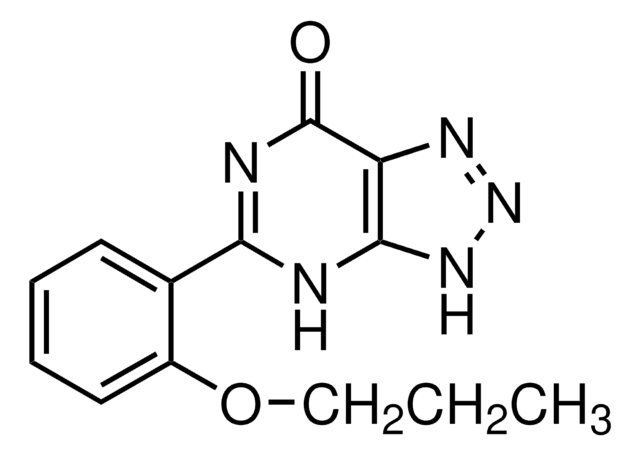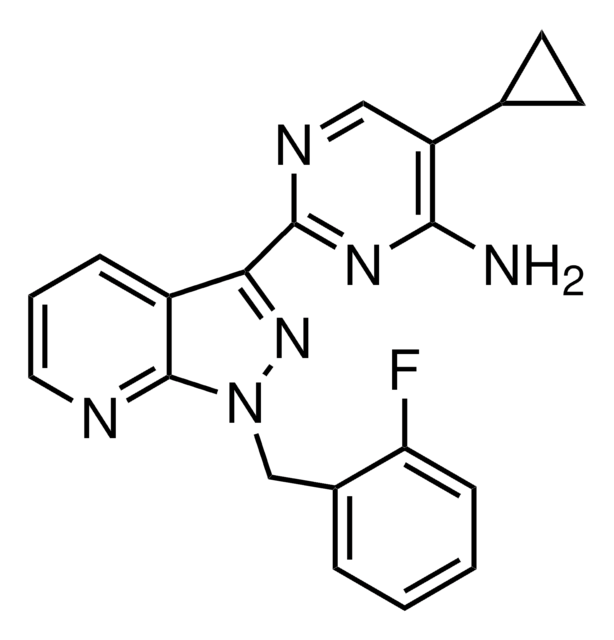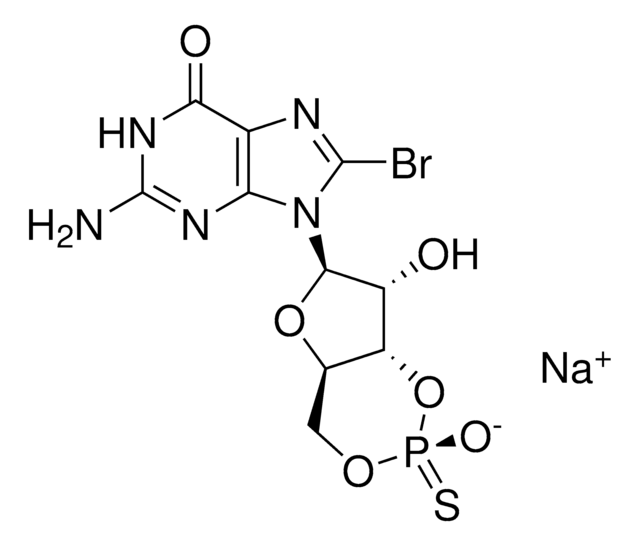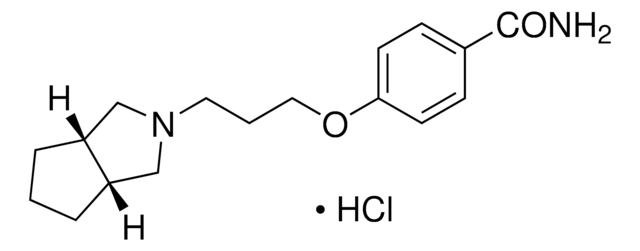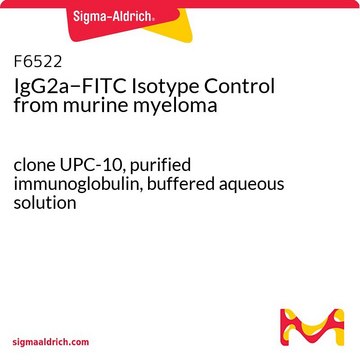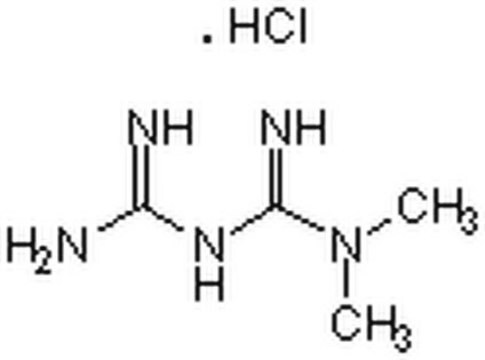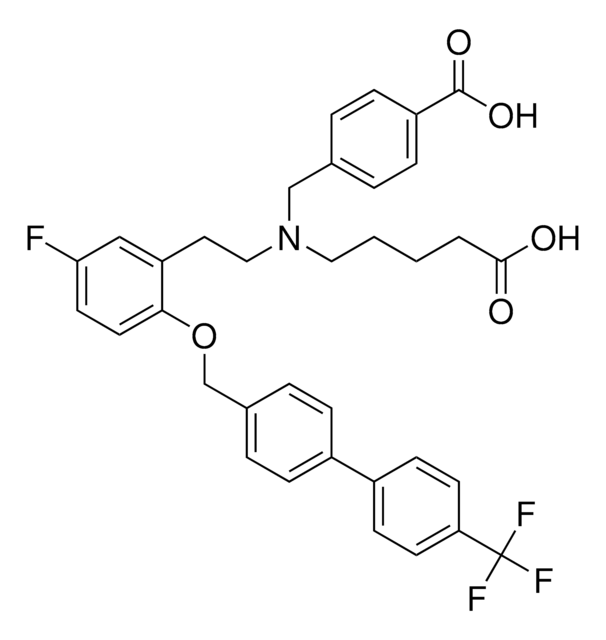SML1817
BCI-121
≥98% (HPLC)
Synonim(y):
4-(Aminocarbonyl)-N-(4-bromophenyl)-1-piperidineacetamide, BCI121
About This Item
Polecane produkty
Poziom jakości
Próba
≥98% (HPLC)
Formularz
powder
kolor
white to beige
rozpuszczalność
DMSO: 20 mg/mL, clear
temp. przechowywania
2-8°C
ciąg SMILES
Brc1ccc(cc1)NC(=O)CN2CCC(CC2)C(=O)N
InChI
1S/C14H18BrN3O2/c15-11-1-3-12(4-2-11)17-13(19)9-18-7-5-10(6-8-18)14(16)20/h1-4,10H,5-9H2,(H2,16,20)(H,17,19)
Działania biochem./fizjol.
Kod klasy składowania
11 - Combustible Solids
Klasa zagrożenia wodnego (WGK)
WGK 3
Wybierz jedną z najnowszych wersji:
Certyfikaty analizy (CoA)
Nie widzisz odpowiedniej wersji?
Jeśli potrzebujesz konkretnej wersji, możesz wyszukać konkretny certyfikat według numeru partii lub serii.
Masz już ten produkt?
Dokumenty związane z niedawno zakupionymi produktami zostały zamieszczone w Bibliotece dokumentów.
Nasz zespół naukowców ma doświadczenie we wszystkich obszarach badań, w tym w naukach przyrodniczych, materiałoznawstwie, syntezie chemicznej, chromatografii, analityce i wielu innych dziedzinach.
Skontaktuj się z zespołem ds. pomocy technicznej
